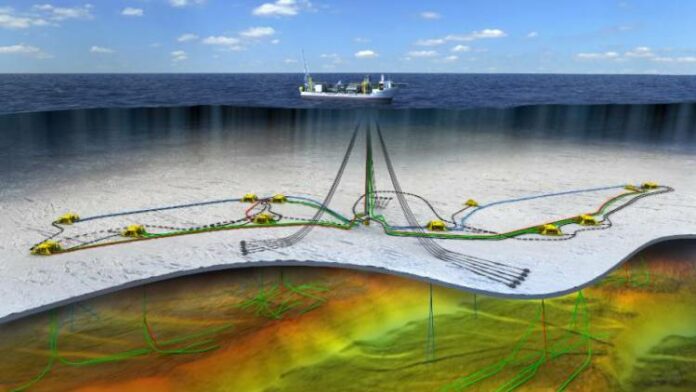Some energy companies chasing potential hydrocarbon bounties in a region commonly known for its harsh environment, high price tags, infrastructure needs and environmental sensitivity are finding success and progressing multibillion-dollar projects.
Projects like the Equinor-operated Johan Castberg development in the less harsh Barents Sea and Bay du Nord discovery in the Flemish Pass Basin offshore Newfoundland in the Atlantic Ocean highlight the Arctic region’s potential. The region, which continues to compete with onshore areas for investment dollars, still has its challenges but has managed to attract players, according to panelists speaking Nov. 5 at the Arctic Technology Conference.
“The change for us has been increased investments and knowledge of our prospectivity,” said Doug Trask, assistant deputy secretary of royalty and benefits for Newfoundland and Labrador’s Department of Natural Resources. “Prior to the last five or six years we were not investing and the awareness was not there of how many basins we had and what the size of some of those potential discoveries were.”
Newfoundland and Labrador has more than 20 basins with lots of exploration potential, he said, noting its regularly scheduled license rounds have played a role in gaining new entrants to its offshore region. The government has also made strategic investments in geoscience, including 3-D seismic data, in advance of license rounds to help attract investors.
“Newfoundland is well positioned to play a role in supporting Arctic development. We have 50 years of exploration behind us and 20 years of production in some of the most challenging offshore environments there is characterized by icebergs, sea ice and difficult metocean conditions,” Trask said. “Today we produce about 1.8 billion barrels of oil from a number of facilities.”
The province has undertaken a 12-year plan to speed up oil and gas development offshore, aiming to drill more than 100 exploration wells in multiple basins and increase production to more than 650,000 barrels of oil equivalent per day from the current level of about 250,000 barrels by 2030.
Production from the Exxon Mobil Corp.-operated Hebron project, which started production in late 2017, is expected to help in reaching the goal. The platform, which consists of a stand-alone gravity-based structure about 350 km (200 miles) offshore Newfoundland and Labrador, will produce up to 150,000 barrels per day at its peak.
Source:epmag



